


Functional areas of the project
1. Territory of the environmental fleet with a berth.
2. Site of the “dam museum”
3. Light Industrial Zone
4. Innovation Center
5. Hotel cluster
Light-industrial zone - logistics terminals, assembly plants, exhibition areas, shops, united by two-level streets. The first level is car, the second is pedestrian. Shops, cafes and restaurants will be located on the seafront. In the center of the composition is an open amphitheater with a concert stage. Area 318,000 m2.
Innovation Center - scientific and technical laboratories for the creation of innovative technologies: medicine and biology, environmentally friendly and resource-saving energy, new industrial materials and much more. Light classrooms, laboratories, lecture halls. Three-story buildings with cozy courtyards, united by wide glass corridors that protect from bad weather. Area 128,000 m2.
Hotel cluster - three multifunctional hotel complexes. The number of rooms is about a thousand rooms. Area 71 800 m2.
Sports hotel including a swimming pool, gyms, sports equipment rentals, exercise rooms, coaching facilities
Spa hotel with a wide range of entertainment and services: spa, swimming pools, fitness centers, restaurants and cafes.
Business hotel with conference rooms, exhibition space, meeting rooms and places for remote work.
The high-rise dominant of the entire urban composition will be a museum, a cultural center with an observation deck at a height of 42 meters.
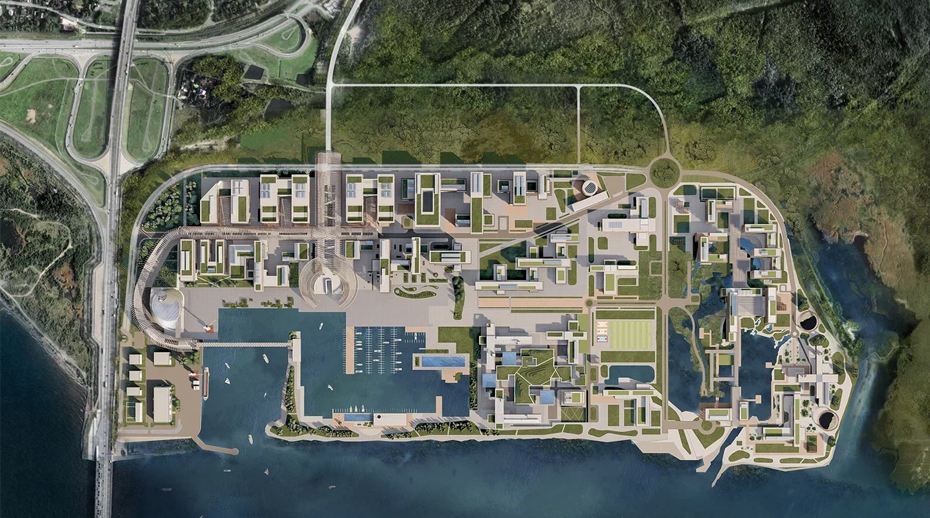
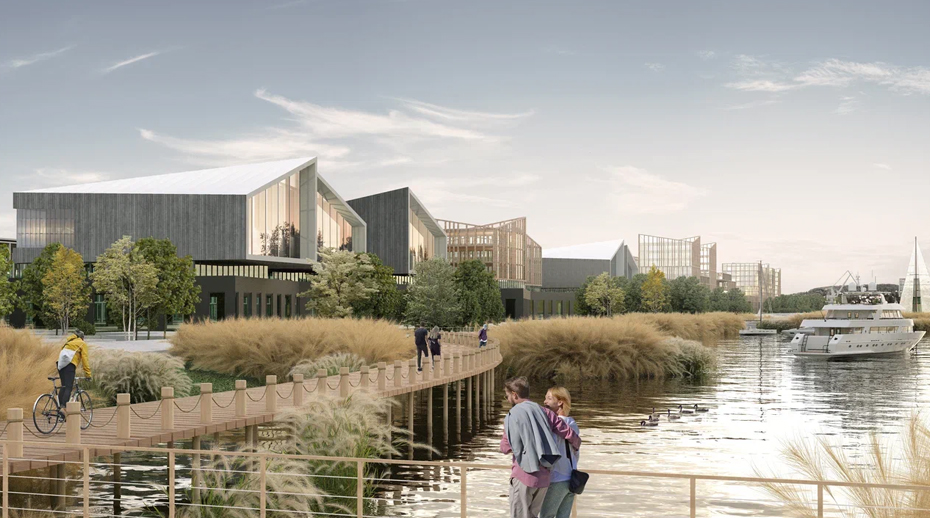
Selection of the optimum architectural and urban planning solutions for Gorskaya territory in St. Petersburg, Russia, revealing a promising development model, given the established potential.
Representatives of the state authorities of St. Petersburg, Russia, experts in the sphere of architecture and urban planning, integrated development of territories, economics and spatial planning, marketing and communications, technologies and innovations, as well as the representatives of Megaline, the initiator and main client of the competition.
During Stage 1 three finalists will be selected based on their submitted portfolios and essays. During Stage 2 the finalists will develop their competition proposals.
Three finalists selected to develop competition proposals will be awarded 2 000 000 rubles each, including all taxes and fees.
Following the second Jury meeting, the finalists will receive an additional payment according to their ranking place:
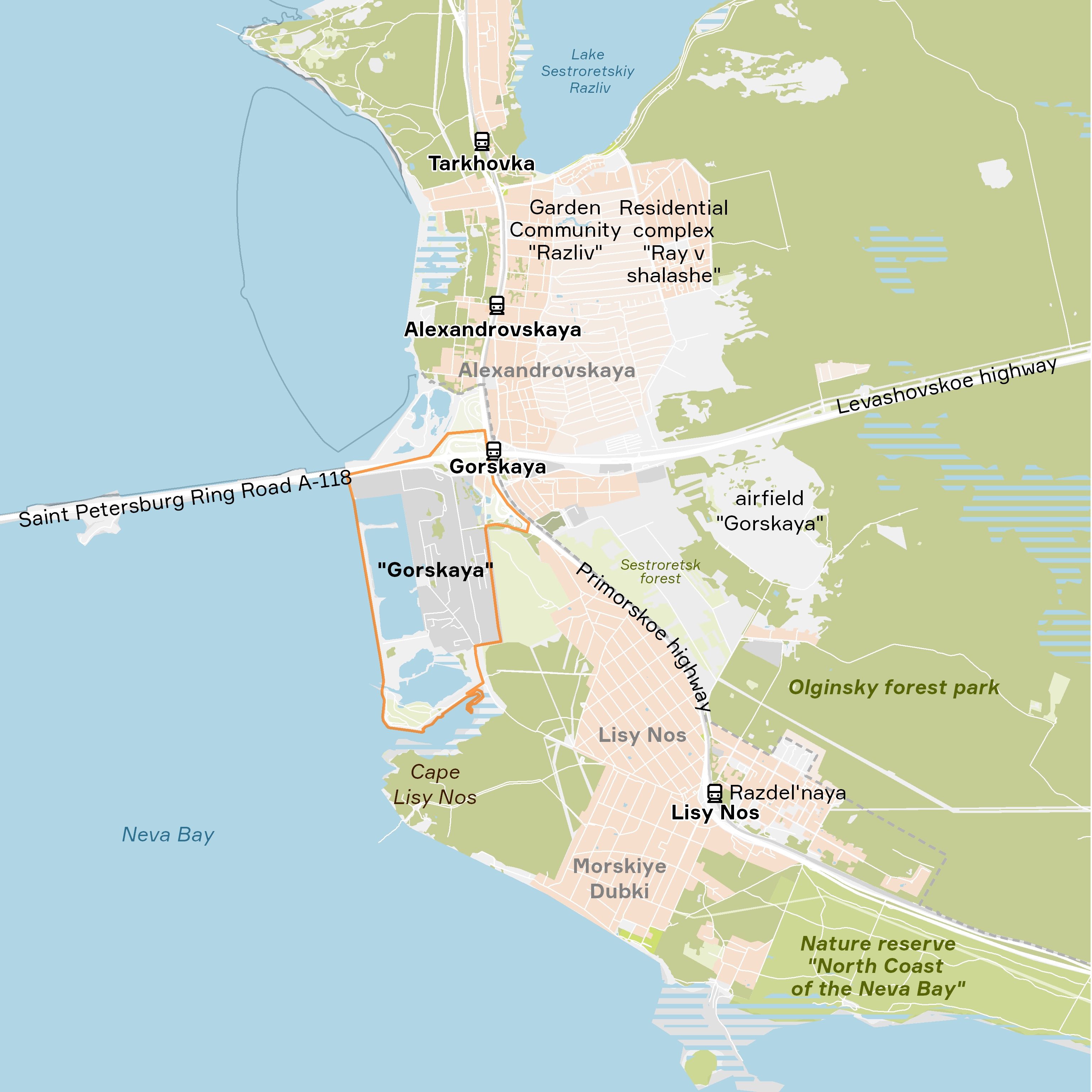

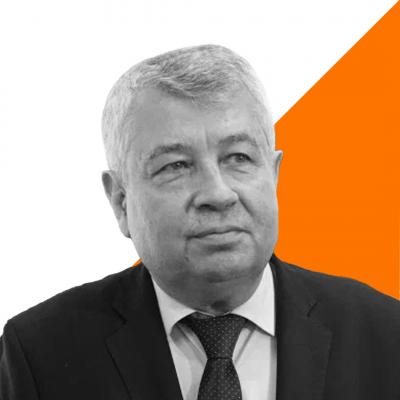
General Director of Megaline LLC, Chairman of the Jury
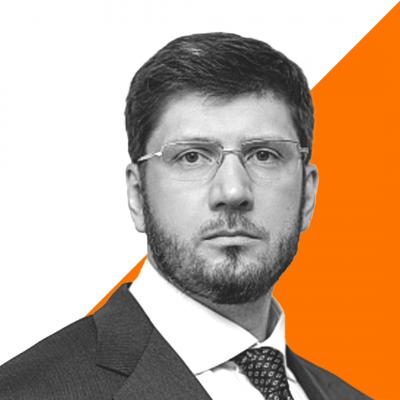
First Deputy Minister of Construction and Housing and Utilities of the Russian Federation

Deputy Chairman of the St. Petersburg Investment Committee

Director of Life Quality Practices, Agency for Strategic Initiatives
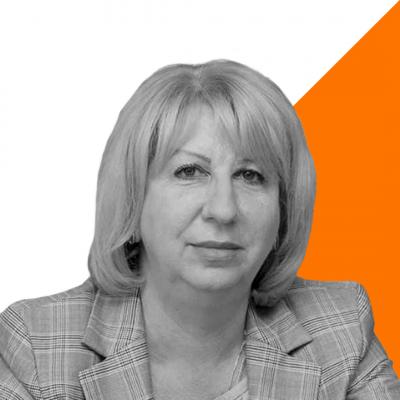
Head of the Department of Real Estate and Investments of Lakhta Plaza LLC

Chairman of the Green Building Council RuGBC
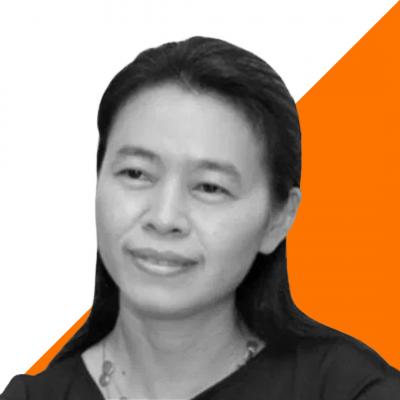
Executive Director of Planning, Managing Director of Hangzhou Planning and Design Centre, RSP Architects Planners & Engineers

Vice President of the International Academy of Architecture (IAA)
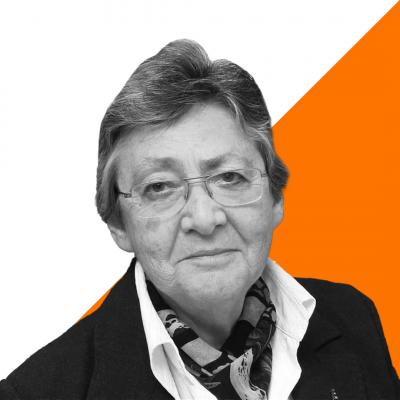
President of the Association of Landscape Architects of Russia (ALAROS)

Director of the Institute of Design and Urban Studies at ITMO University

General Director of the architectural bureau A. Len
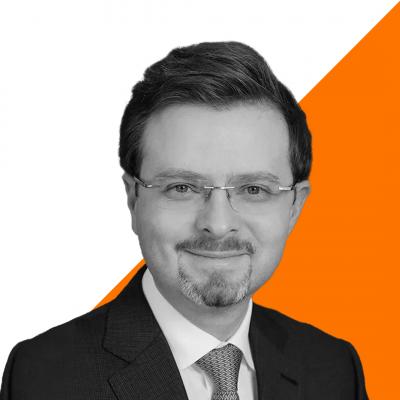
Managing Partner of Knight Frank

Director of the Association of clusters, technology parks and SEZ of Russia
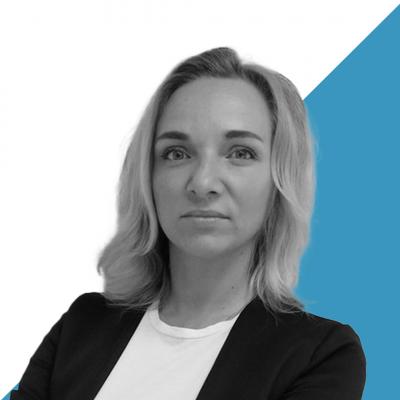
Head of the Municipal Formation Lisiy Nos Settlement
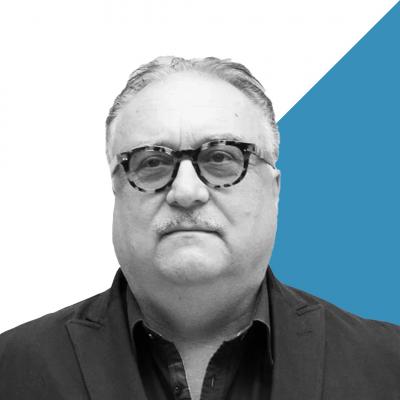
1st Vice President of the International Academy of Architecture in Moscow (IAA-MAAM), member of the Board of the Union of Moscow Architects

Architecture critic
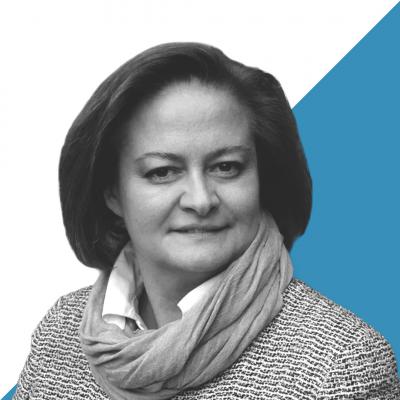
Director and curator of the School of Heritage, curator of the research and popularization project MosPromArt
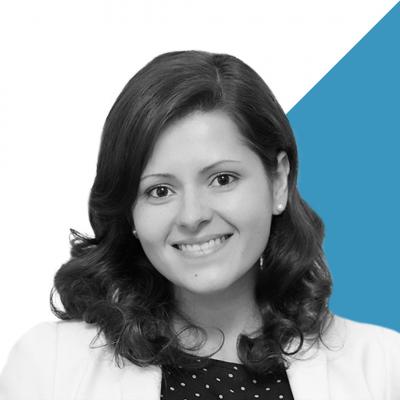
Director of "Competence Center of the Leningrad Region"
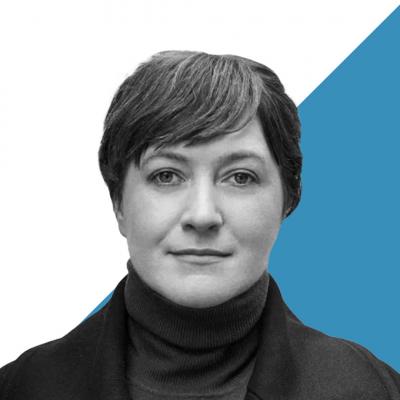
Co-founder of the project "Trees of Petersburg"

Environmental journalist, director of the Bureau of Environmental Information

GAP, SMU-19
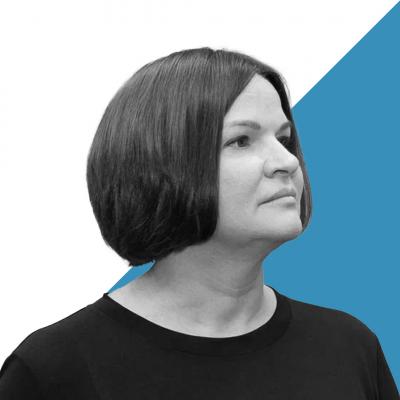
Architectural producer and publicist, founder of archipeople.ru
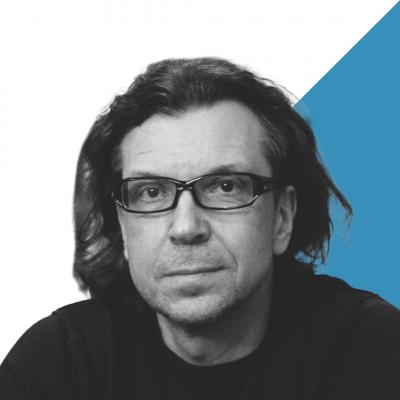
Member of the Expert Group at the City Planning Council under the Government of St. Petersburg
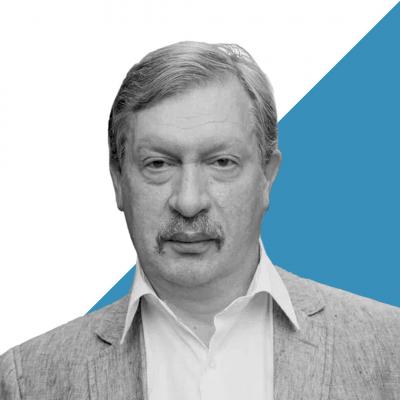
Chairman of the public organization "North-West Green Cross"